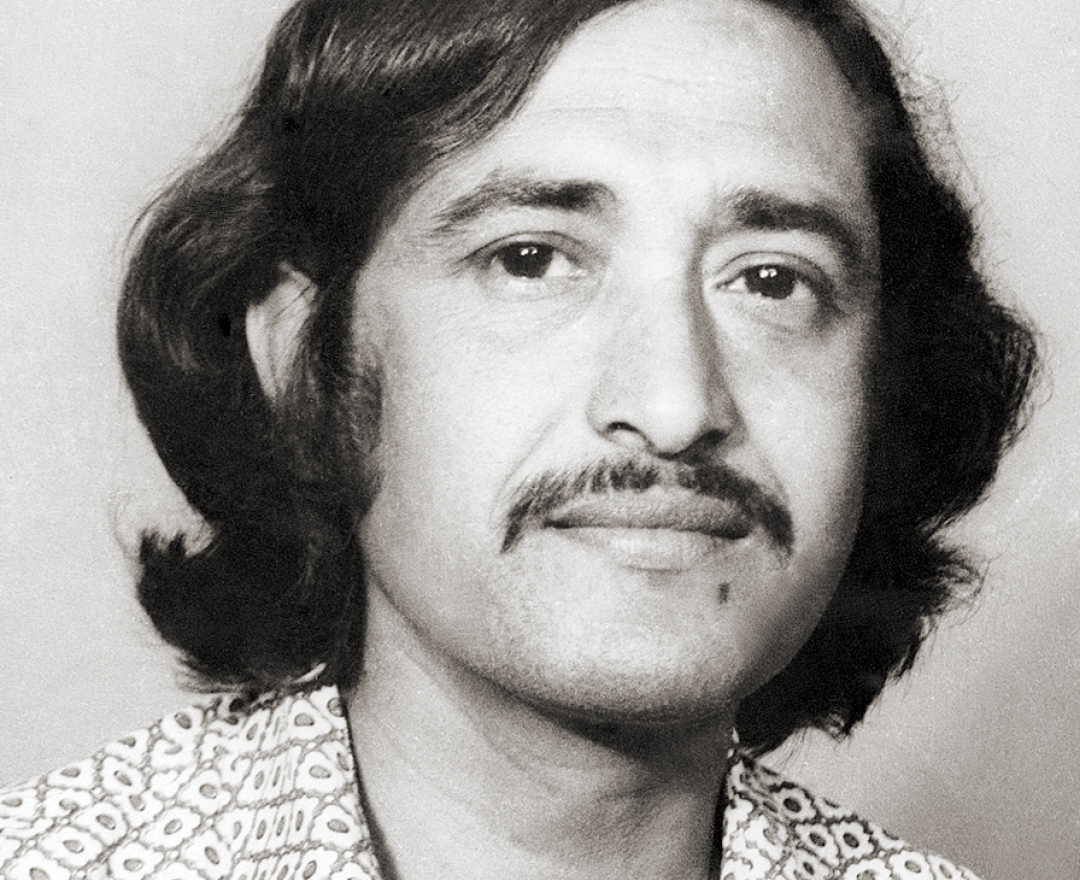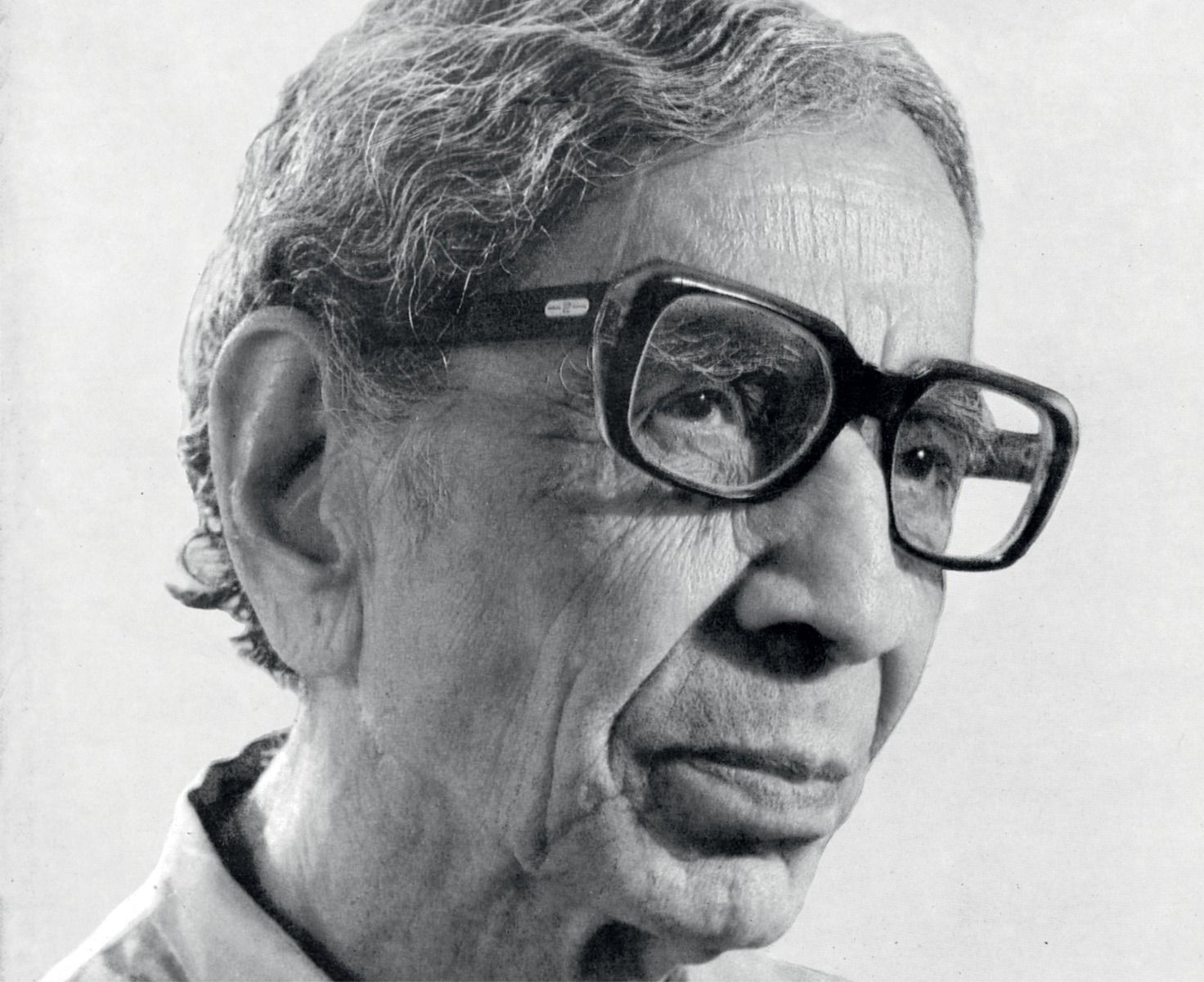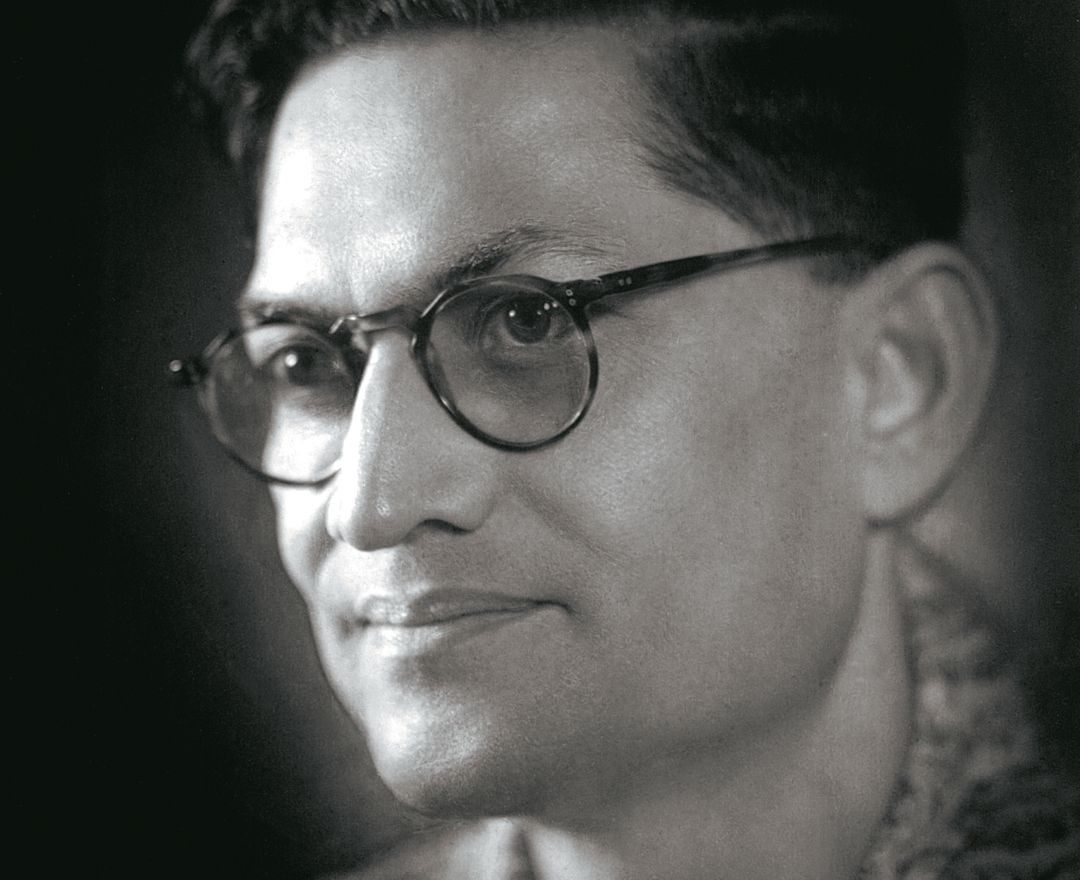B. N. Arya
B. N. Arya
B. N. Arya
|
1936 - 2013 B. N. Arya |

‘The impact of colour in [Arya’s] works is vibrant and pulsating with life’
ASAD ALI
artworks
dag exhibitions
|
The ‘Manifestations’ series of 20th Century Indian Art, Editions VI, IX |
|
DAG, New Delhi, 2011-13 |
notable collections
|
Lalit Kala Akademi, New Delhi |
|
National Gallery of Modern Art, New Delhi |
|
Academy of Fine Arts, Kolkata |
|
Governor’s House, Lucknow |








